
The Story Behind Liszt’s Piano Concerto in E flat
Franz Liszt’s Piano Concerto in E-flat Major stands as one of the most innovative and celebrated works in the Romantic piano concerto repertoire. Composed over[…]
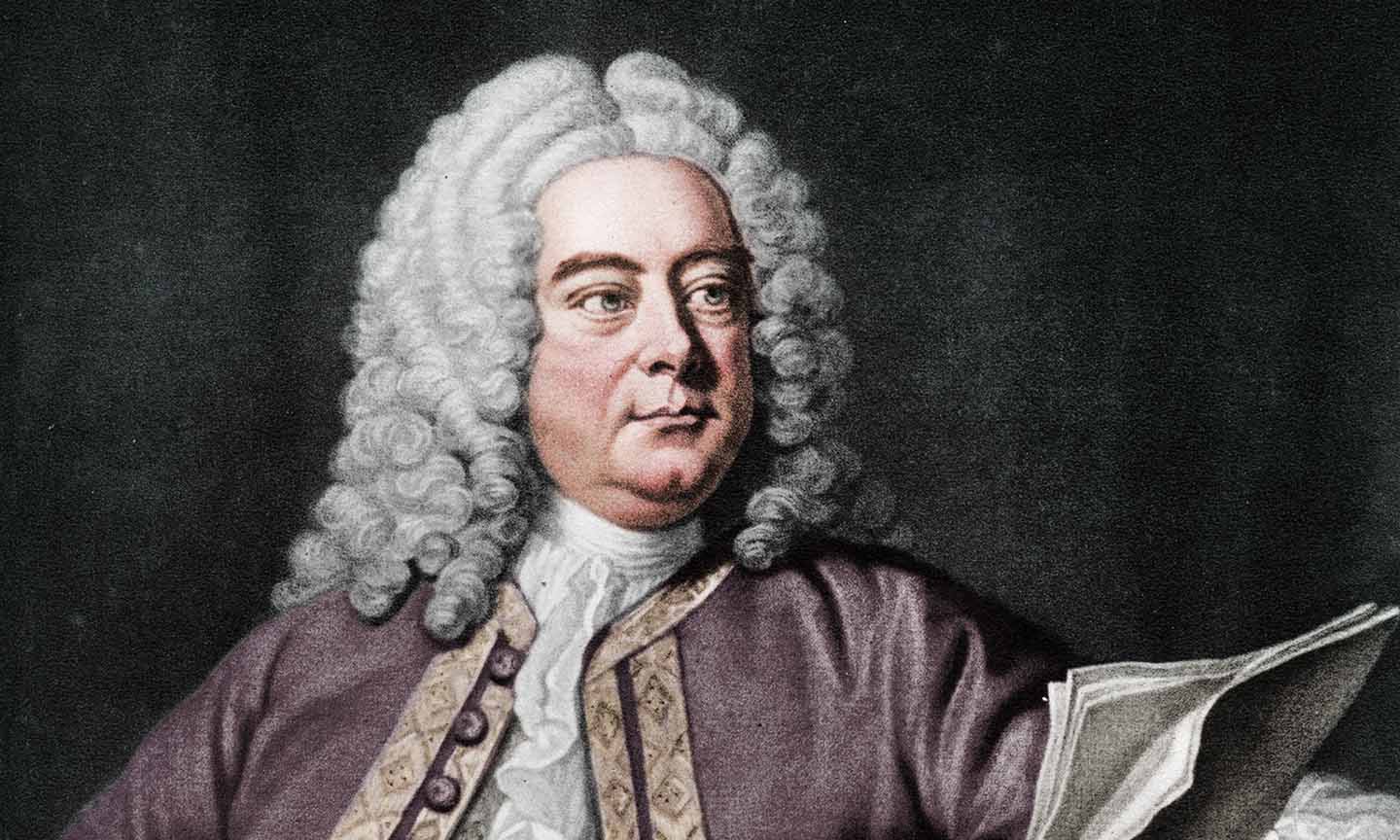
The Story Behind Händel’s Concerto Grosso in C Minor
Georg Friedrich Händel (1685–1759) is one of the most celebrated composers of the Baroque era, known for his operas, oratorios, and instrumental compositions. Among his[…]
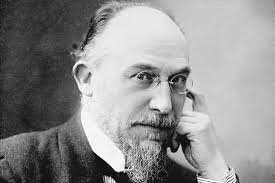
The Story Behind Erik Satie’s Gymnopedie
The Gymnopédies, a set of three piano pieces composed by Erik Satie in 1888, remain some of the most iconic and enigmatic works in classical[…]
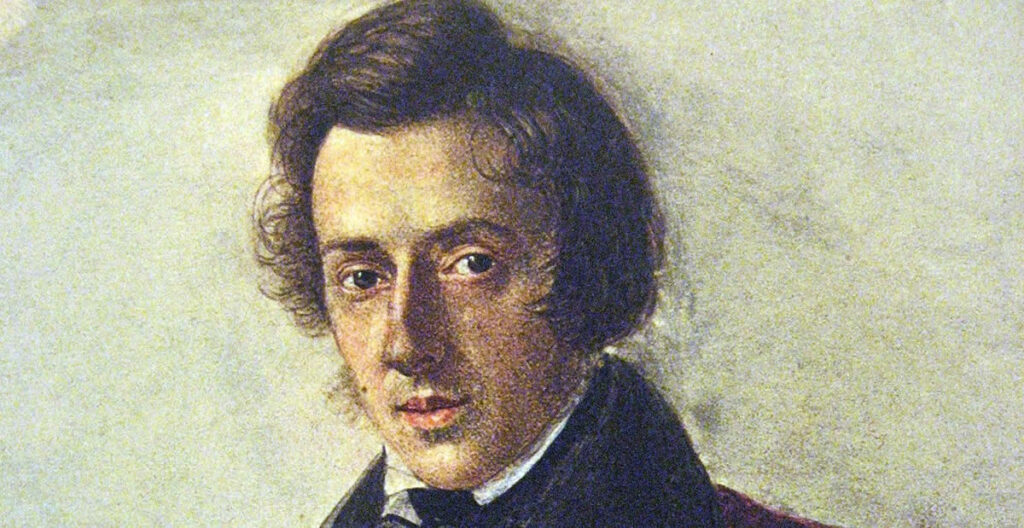
The Story Behind Chopin’s Piano Concerto No. 1
Frédéric Chopin’s Piano Concerto No. 1 in E minor, Op. 11, is one of the most celebrated works in the Romantic piano repertoire. Composed in[…]
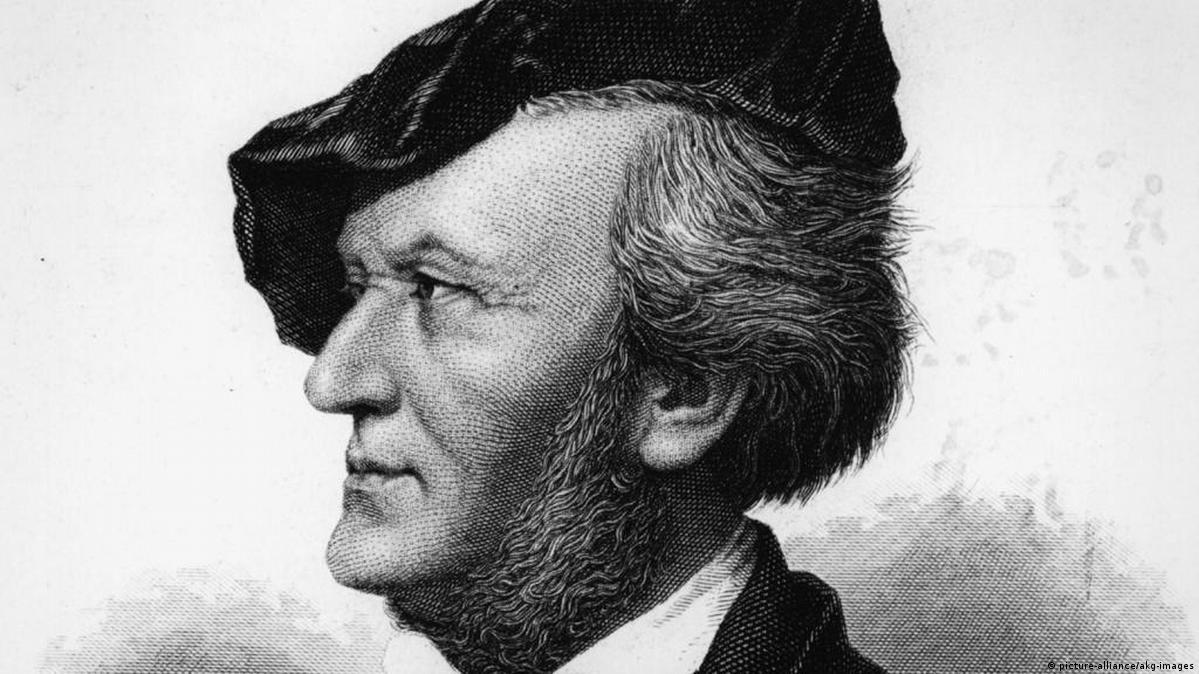
The Story Behind Wagner’s Lohengrin
Lohengrin, one of Richard Wagner’s most celebrated operas, stands as a towering achievement in the composer’s illustrious career. Premiered on August 28, 1850, in Weimar,[…]
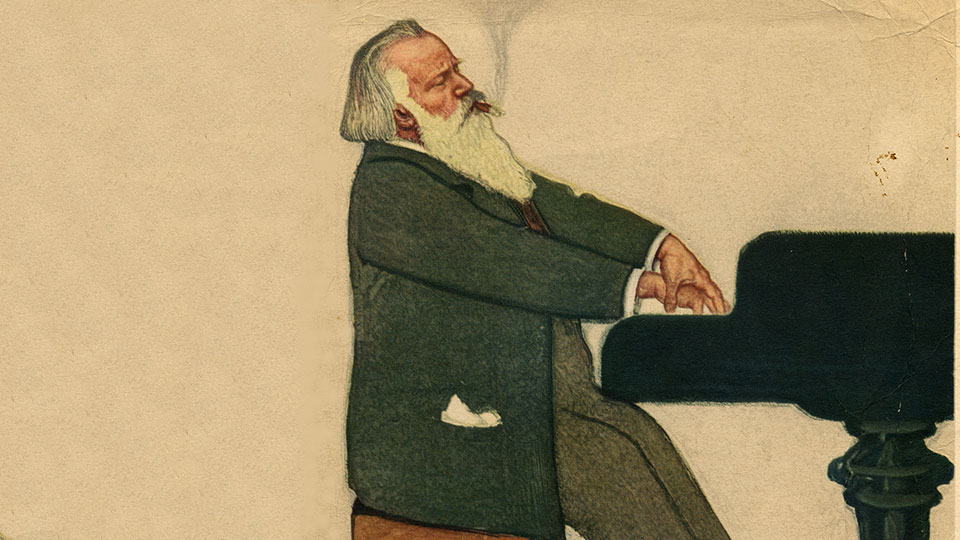
The Story Behind Brahms’s Violin Sonata No. 2 Op. 100
Johannes Brahms, one of the most celebrated composers of the Romantic era, created a wealth of music that continues to captivate audiences worldwide. Among his[…]
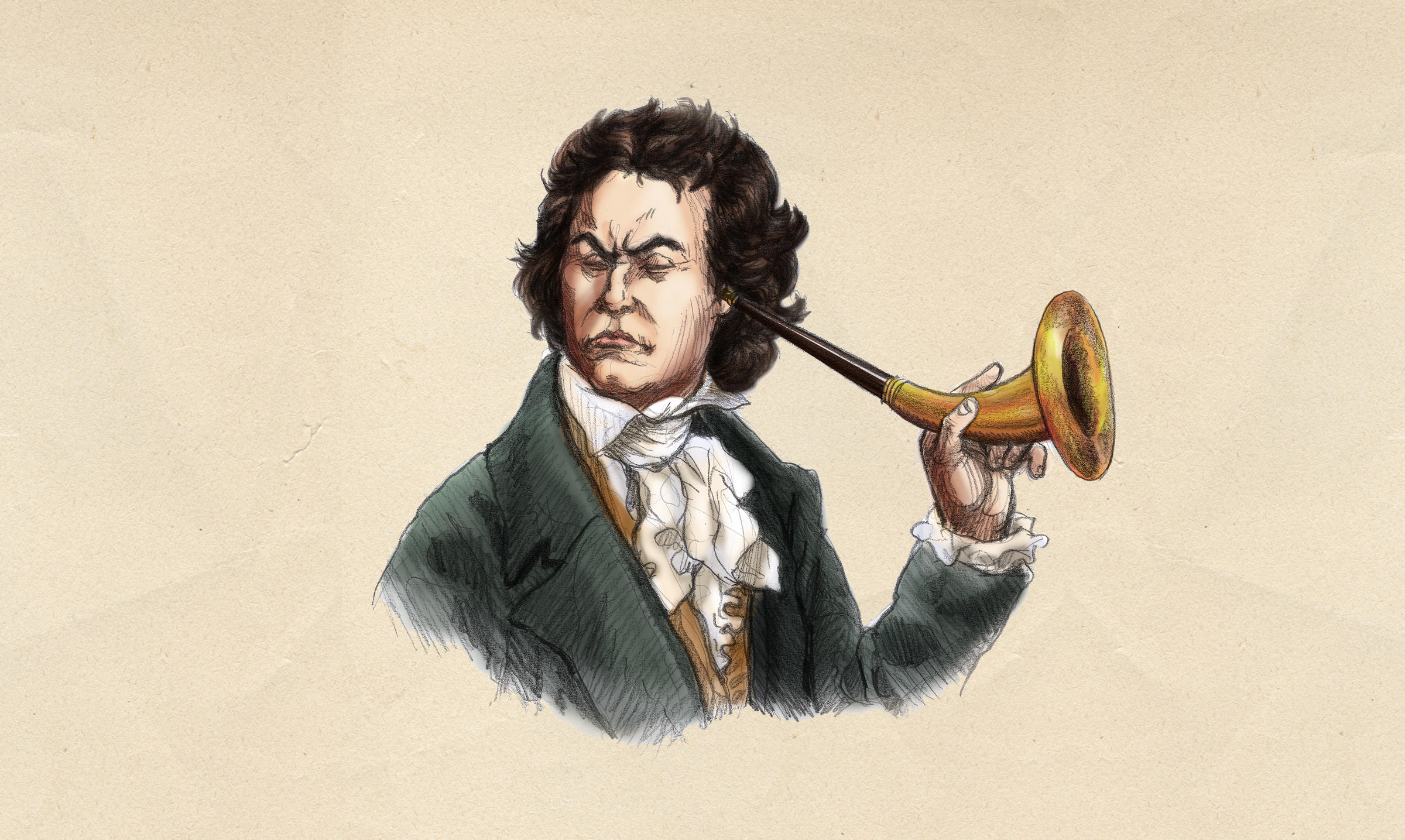
The Story Behind Beethoven’s Pastoral
Ludwig van Beethoven’s Symphony No. 6 in F major, Op. 68, commonly known as the “Pastoral Symphony,” is one of the most celebrated and beloved[…]
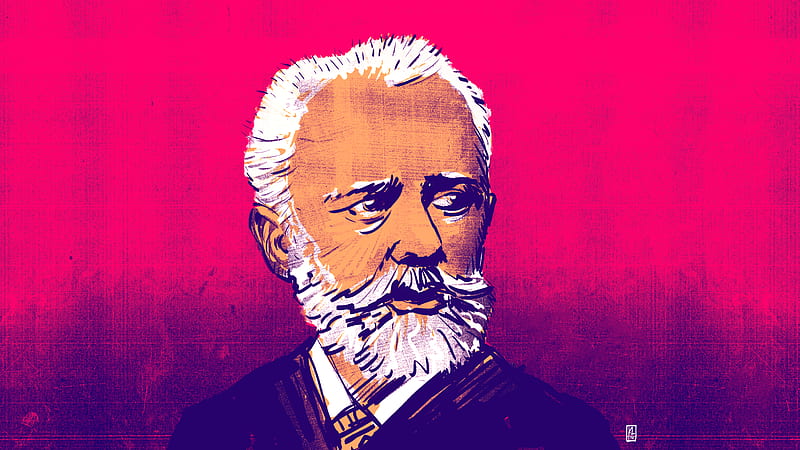
The Story Behind Tchaikovsky’s Romeo and Juliet
Pyotr Ilyich Tchaikovsky’s Romeo and Juliet Overture-Fantasy is a masterpiece that has captivated audiences since its creation. This symphonic work, inspired by William Shakespeare’s timeless[…]
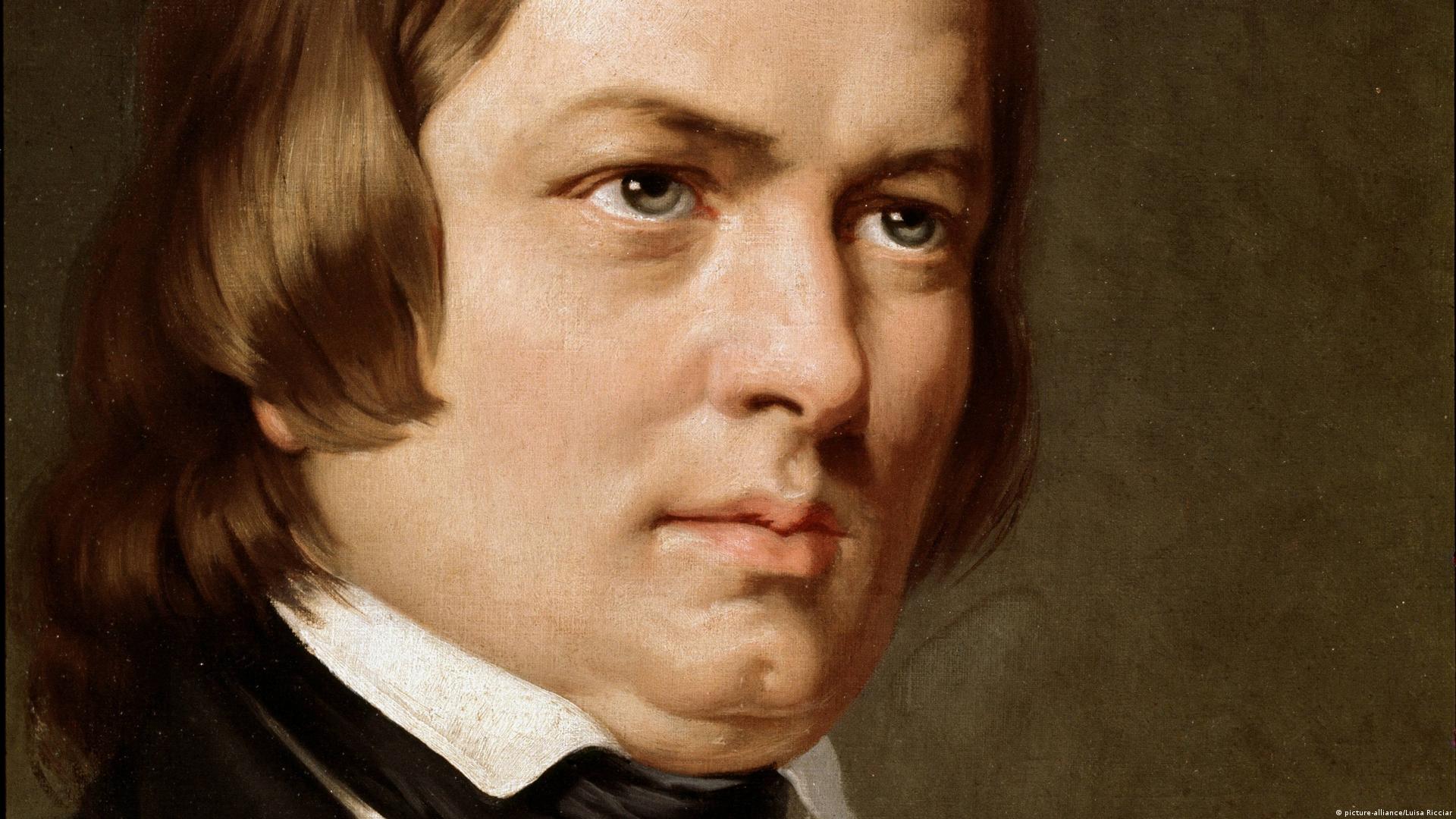
The Story Behind Schumann’s Carnaval
Carnaval, Op. 9, is one of Robert Schumann’s most celebrated and imaginative works for solo piano. Composed in 1834–1835, this suite of 21 short character[…]
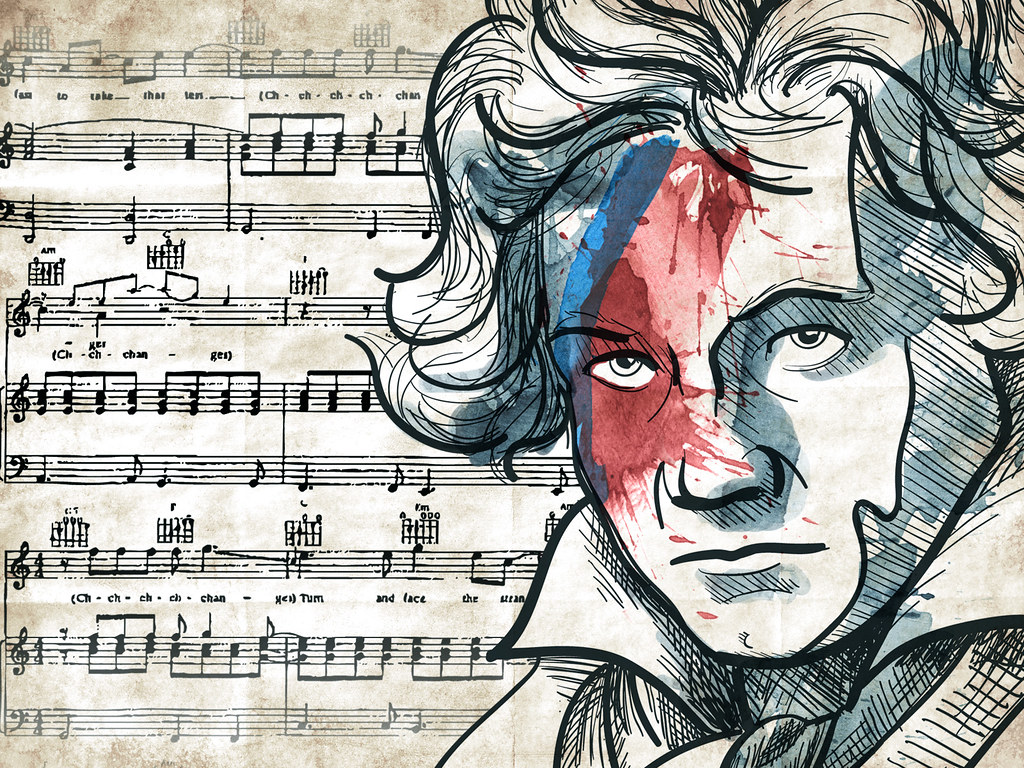
The Story Behind Beethoven’s Symphony No. 1
Ludwig van Beethoven, one of the most influential composers in the history of classical music, created his Symphony No. 1 in C Major, Op. 21[…]